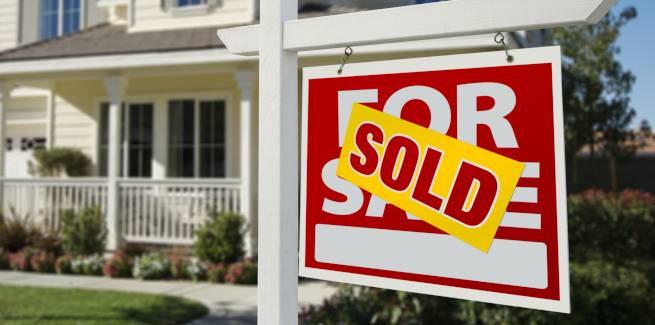According to property research group CoreLogic’s latest Pain & Gain report, 87.9 per cent of homes resold for a profit over the three months to 31 March 2019, which in monetary terms amounted to a total of $14.3 billion.
However, the result was down 1.6 per cent on the previous quarter (89.5 per cent) and 3.1 per cent on the same quarter in 2018 (91 per cent), which represented the lowest proportion of profitable resales since March 2013.
Further, the research revealed that despite recording the sharpest fall in home values since the recent housing downturn commenced, Sydney and Melbourne were responsible for almost half of the overall value of profitable resales.
Sydney and Melbourne’s respective share of total profits was 24.3 per cent and 23.5 per cent, which CoreLogic said was largely attributable to their higher cost of housing and the strong growth in dwelling values prior to the recent downturn.
Conversely, Australia had a total of $486.8 million in realised gross losses from resales over the quarter, with the highest value losses recorded in Perth (24.8 per cent) and Sydney (19.9 per cent).
Units hit harder than houses
Moreover, CoreLogic reported an 11 per cent gap between the proportion of houses sold for a profit compared to units.
Just 79.5 per cent of units resold for a profit during the March quarter – the lowest share since January 1999 – down from 82.1 per cent in the previous quarter and 85.4 per cent in the same quarter of 2018.
The share of houses resold for a profit was reported at 90.5 per cent – the lowest share since September 2013 – down from 91.7 per cent in the previous quarter and 92.9 per cent in the three months ending 31 March 2018.
Investors more likely to resell for a loss
Additionally, the CoreLogic research found that investors continue to be more likely to resell their properties at a loss compared to owner-occupiers.
Over the March quarter, 89.5 per cent of owner-occupiers resold their homes for a profit, compared to 83.3 per cent of investors.
According to CoreLogic’s research analyst, Cameron Kusher, the disparity may be attributable to the fact that in a falling market, investors “have the benefit of taxation rules”.
“They would seemingly be more prepared to incur a loss because they (unlike owner-occupiers) can offset those losses against future capital gains,” he said.
“This could in turn result in more supply becoming available for purchase at a time in which demand for housing remains below average due to weak conditions and tight credit.”
CoreLogic’s Pain & Gain report follows the release of its Hedonic Home Value Index earlier this month, which revealed that dwelling values in Sydney and Melbourne increased on a monthly basis for the first time since July 2017 and November 2017, respectively.
Mr Kusher said the improvement was a further sign that the downturn in the housing market is “running out of steam”.
[Related: ‘Tide turning’ as prices in Sydney and Melbourne lift]
